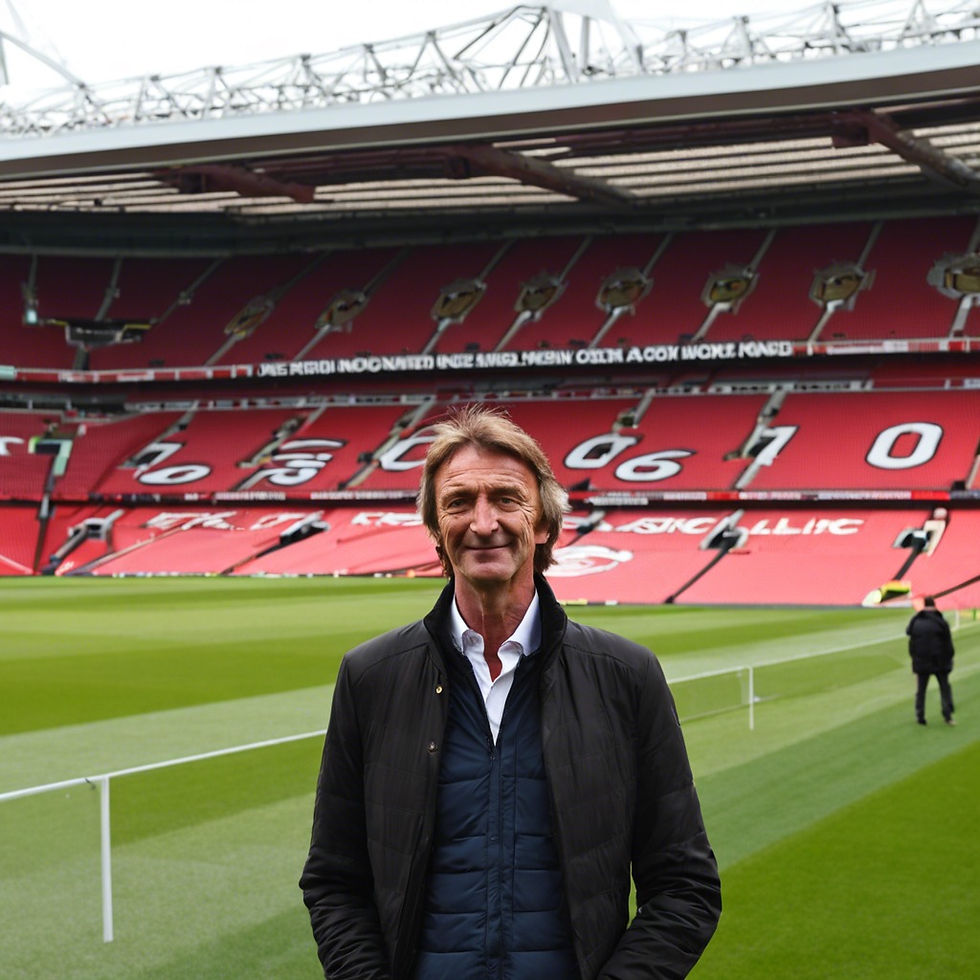Football Club Takeovers: Merger and Acquisition Structures
- mollymcg
- Apr 7, 2024
- 3 min read
In the realm of football, the process of buying and selling clubs is more than just a financial transaction; it's a strategic manoeuvre that can shape the future of the sport. The acquisition of football clubs involves negotiations and diverse structures tailored to fit the unique circumstances of each deal. Let's delve into the diverse strategies utilised in the acquisition of football clubs, shedding light on how these approaches navigate the complexities of club ownership in football.
Partial Acquisitions:
During the sale of Manchester United, the Glazer family valued the club at £6 billion and were holding out for a sale for that value. Understandably, not many buyers were in the position to purchase the club in full. Instead, the Glazers planned to use the method of partial acquisition to allow people to bid for different parts of the club. During the process, there were buyers who wanted to own a lot of the club, which would leave the Glazers with less control, whilst others only wanted a small piece, which would keep the Glazers in charge. This kind of deal helps bridge the gap between what buyers think the club is worth and what the Glazers expect to get for it.
In these types of deals, it's common for the sellers to keep a stake in the club, which means they still own part of it even after selling some shares. This way, they can still benefit if the club grows in value in the future. Sometimes, these remaining shares come with options that allow the sellers to buy or sell more shares later on, depending on certain conditions. For example, in the rumoured bid by INEOS for Manchester United, one condition was that INEOS would have full control over player transfers, showing how negotiations over control are a big part of these deals.
Vendor Loan Notes (VLNs):
Another way deals can be structured is through something called Vendor Loan Notes. This is when the seller lends some of the money to the buyer to help with the purchase. Instead of paying everything upfront, the buyer can pay back the seller over time, with the seller retaining financial interest in the form of a debt. This helps bridge the gap between how much money the buyer has right away and what the seller thinks the club is worth. These loans are usually secured by the buyer's assets, which means if the buyer can't pay back the loan, the seller can take some of their stuff as payment. An example of this can be seen in the takeover of Newcastle United, where St James Holdings, owned by Mike Ashley, lent money to the buying group.
Earnouts:
Sometimes, buyers and sellers can't agree on how much a club is worth right now. In these cases, they might agree to an earnout. This means the buyer agrees to pay more money later on if the club performs well after the sale. These deals can be tailored to fit each situation, with payments based on things like the club's league position or tournament wins. However, earnouts are usually only used when the sellers are staying involved in the club after the sale.
In summary, there are various ways to structure M&A deals, each with its own advantages and considerations. Whether it's through partial acquisitions, vendor loan notes, or earnouts, the goal is always the same, to strike a deal that works for both sides and ensures the long-term success of the club.



Comments